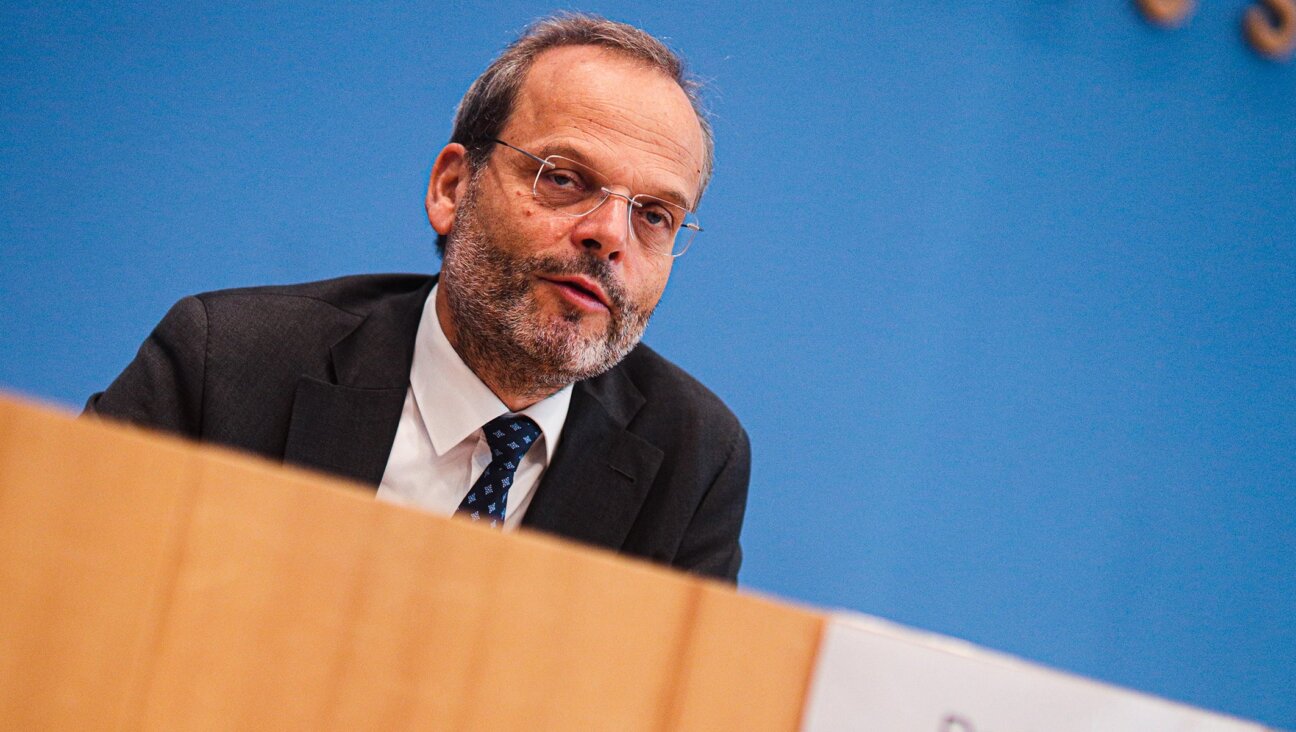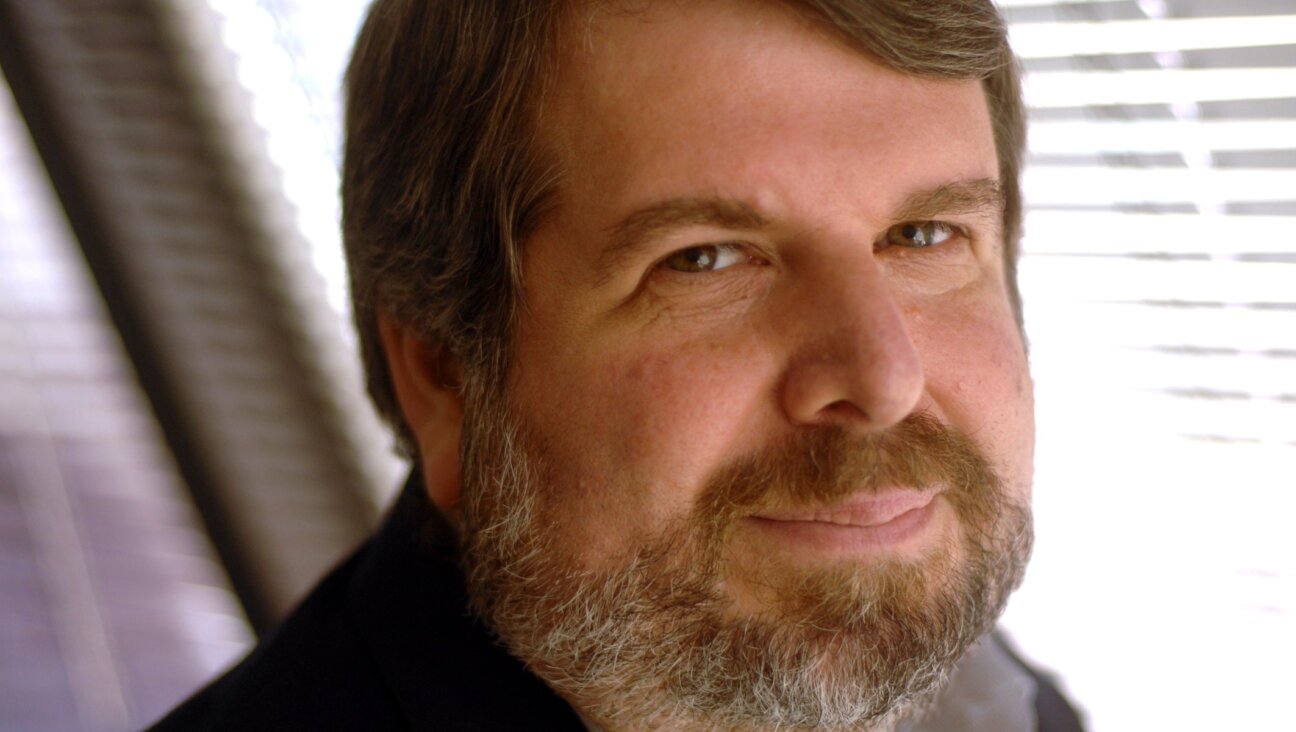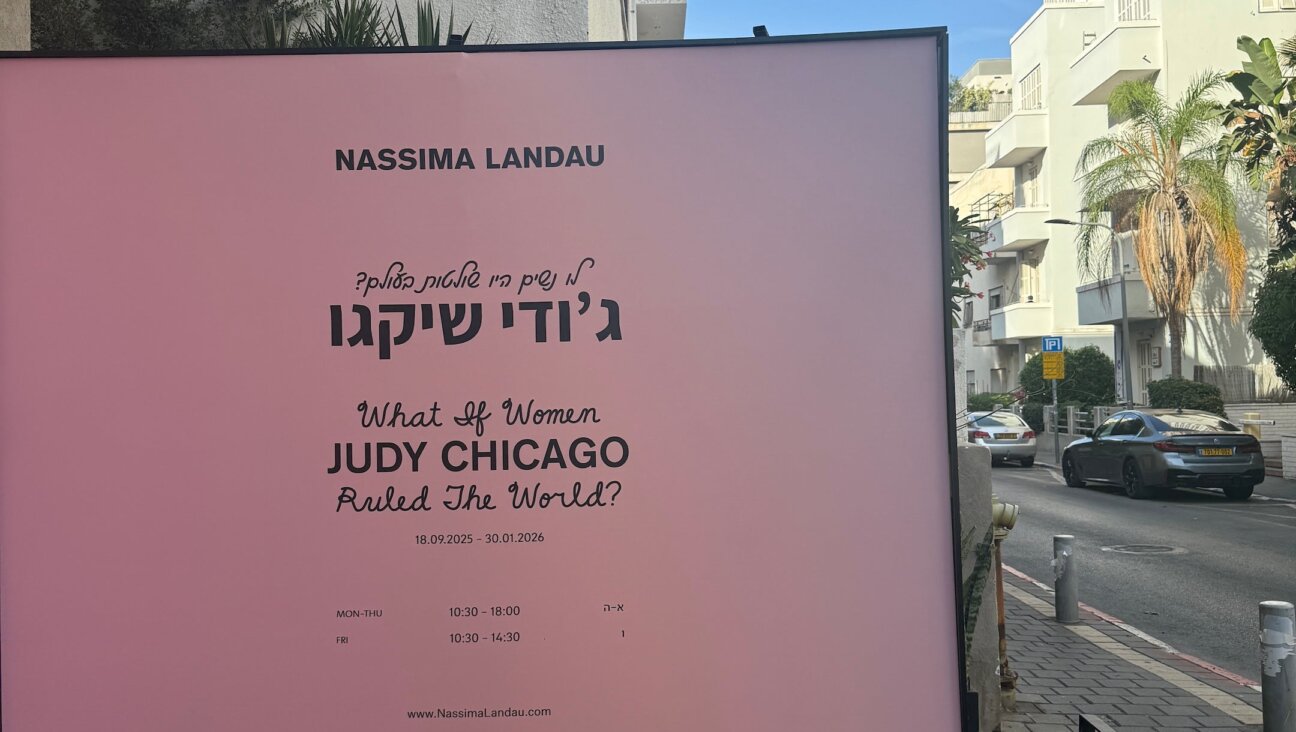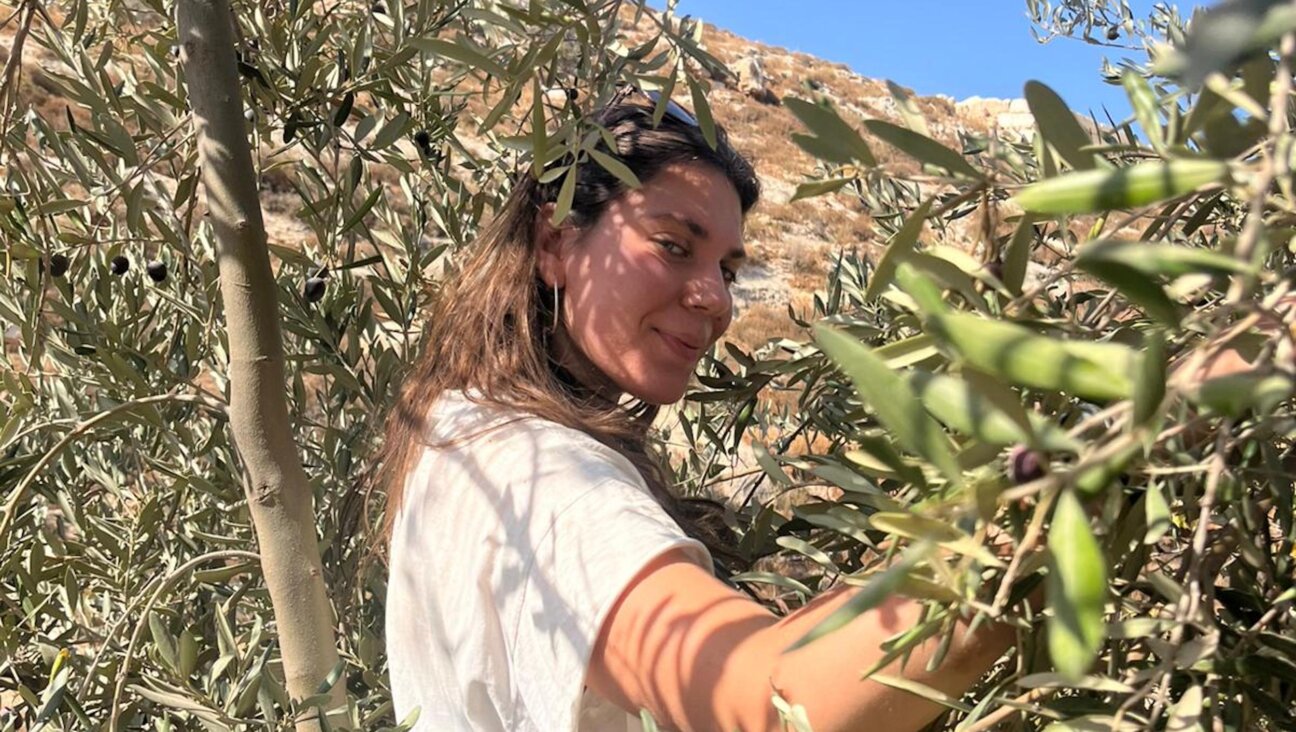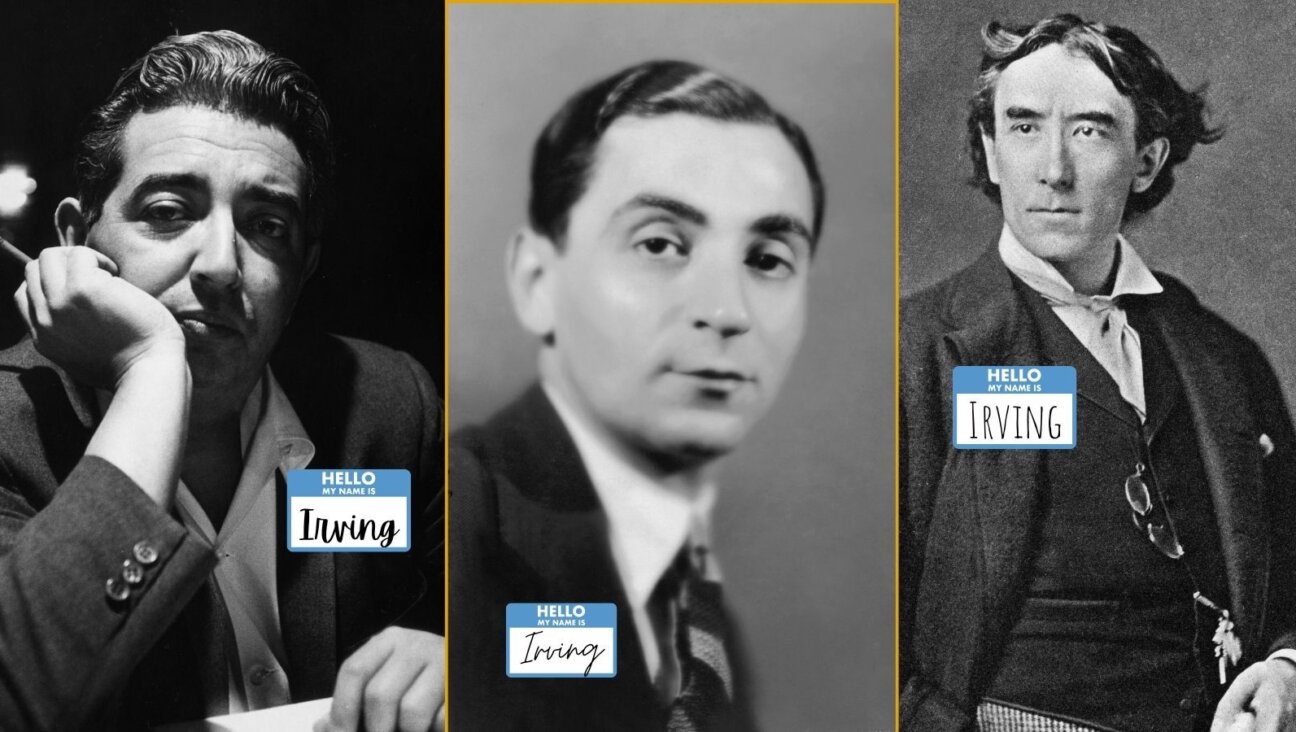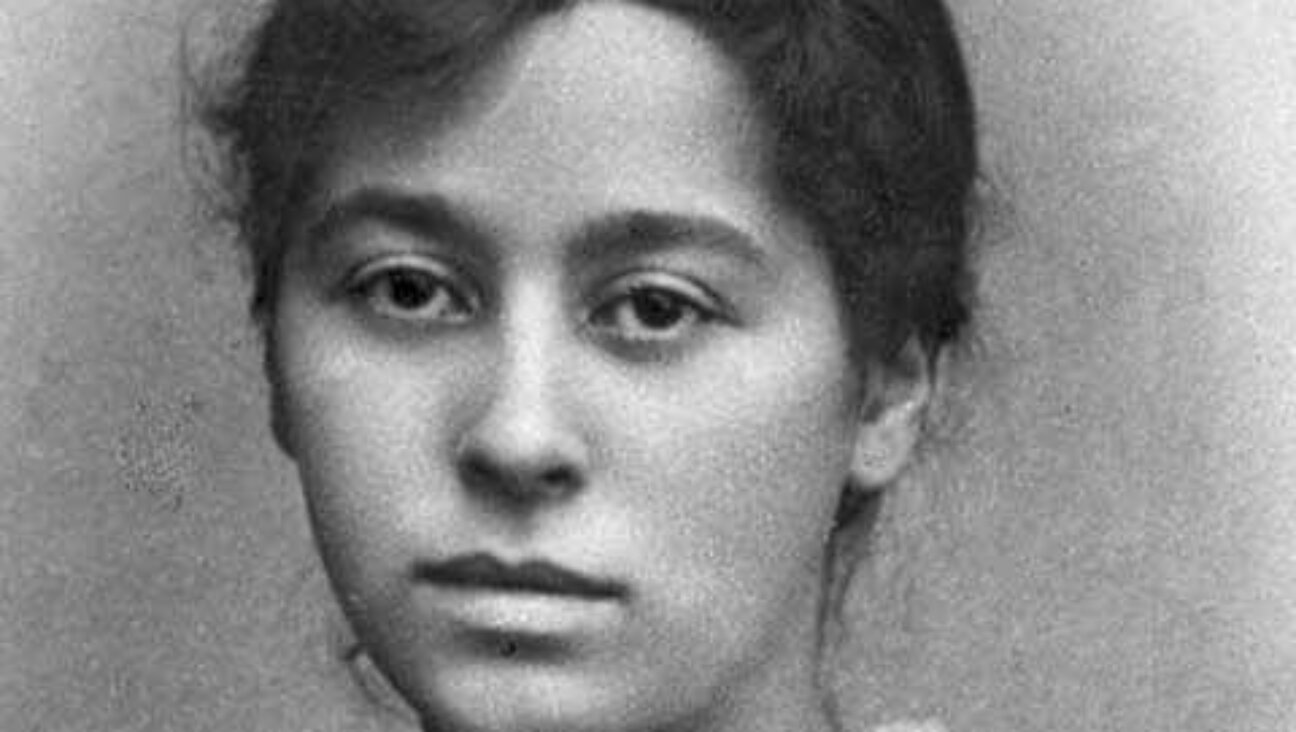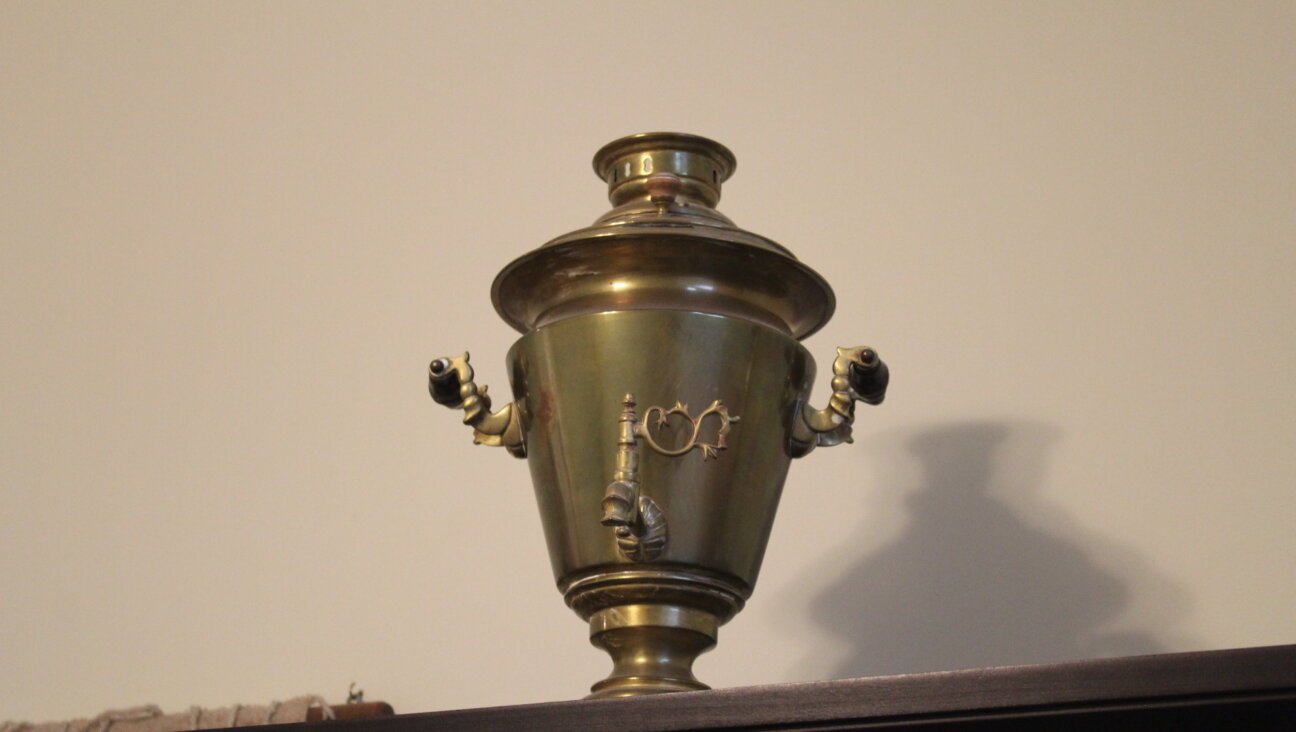New Revelations Bring Iran’s Nuclear Threat to Forefront
With Iran, it always comes back to the nuclear issue.
The revelation Friday that Iran has a second, secret uranium-enrichment plant — with a “configuration” inconsistent with peaceful intent, according to President Obama — placed the Islamic Republic’s nuclear program front and center, knocking out headlines about the G-20 summit of industrial nations in Pittsburgh.
The news also led to what was perhaps the most explicit threat in years of tough sanctions against Iran. Joining Obama on a stage in Pittsburgh, British Prime Minister Gordon Brown spoke of “further and more stringent” sanctions, and French President Nicolas Sarkozy said the sanctions could begin as soon as December.
The statements ratchet up pressure on Iran just a week ahead of its first meeting with Western leaders as part of Obama’s effort to couple outreach to the regime with the threat of isolation as a means of getting Iran to end its suspected nuclear weapons program. Obama said he wanted a commitment at the meeting that Iran would cooperate with the International Atomic Energy Agency, the United Nations nuclear watchdog.
“At that meeting, Iran must be prepared to cooperate fully and comprehensively with the IAEA to take concrete steps to create confidence and transparency in its nuclear program and to demonstrate that it is committed to establishing its peaceful intentions through meaningful dialogue and concrete actions,” he said.
Israel did not immediately release a statement, but its officials anonymously relayed uncompromising “We told you so” messages via Israel Radio.
The revelation of the existence of the nuclear plant, beneath a Revolutionary Guards base near Qom, Iran’s holy city, should “open the eyes” of the international community to the Iranian leadership’s fraudulence, Israel Radio quoted Israeli officials as saying. The revelations raise the question of what else Iran is hiding, the officials said.
Iran, apparently anticipating this week’s revelations, on Monday wrote the IAEA acknowledging the second plant, but insisted that it was for peaceful purposes only. Obama said the second plant’s size was “inconsistent” with such purposes and that in any case, as a signatory of the Nuclear Non-Proliferation Treaty, it was required to reveal the existence of any such facility; the Qom plant apparently has been in existence for years.
It is the second time that Iran has broken the conditions of the treaty. The existence of Iran’s other enrichment plant, at Natanz, was revealed in 2002 by a dissident group
Iran has resisted calls to discuss its nuclear research as part of the broader negotiations aimed at reconciliation. However, this week Mahmoud Ahmadinejad, the Iranian president, said he was ready to make Iranian scientists available for interviews with inspectors.
Obama said he, Sarkozy and Brown were speaking for Germany as well. Those four nations plus Russia and China make up the major powers with which Iran is negotiating. Russia and China until now have resisted sanctions, although this week Dmitry Medvedev, the Russian president, said they may be inevitable.
“I don’t consider sanctions the best way to achieve results on Iran,” Medvedev told University of Pittsburgh students on Thursday, before the revelations were made public but after Obama had advised him of the report. “But all the same, if all possibilities to influence the situation are exhausted, then we can use international sanctions.”
Following Thursday’s revelation, China’s foreign minister, Ma Zhaoxu, advised Iran to cooperate with the IAEA on the matter.
Ahmadinejad was caught off guard by the revelation of the second plant. The Pittsburgh news conference took place while the Iranian leader was conducting a scheduled interview with Time Magazine. Ahmadinejad said Obama’s statement was a “mistake” for which Obama would have to apologize.
News of the plant threatened to obscure the human component of the threat posed by Iran’s leadership: the one directed at the Iranian opposition, which charges that the June 12 election was stolen by the regime. For a while, talk of centrifuges and a potential nuclear threat was overshadowed by images like that of the young woman gunned down during an election protest whose last moments were captured on video and posted on YouTube, the video-sharing Web site.
The result was a previously unimaginable collusion of interests between pro-Israel groups that had been pressing for sanctions and liberal groups that had opposed them. Each now are making the case that the Iranian regime represents an extremist and dangerous threat — albeit separately, for the most part.
Ahmadinejad ” wants to make sure that there’s a controversy about what he says about the Holocaust or other things so our focus will be on that instead of being on what’s actually taking place in Iran right now — with torture in the jails, killings on the streets and widespread repression against people who believe that the elections were rigged,” said Trita Parsi, the director of the National Iranian American Council, which traditionally has opposed sanctions.
In a July 6 conference call of Jewish organizations to plan the Ahmadinejad protest rallies that took place this week, Malcolm Hoenlein, the executive vice-chairman of the Conference of Presidents of Major American Jewish Organizations told listeners to seize the post-election momentum to reach out to non-Jewish groups. The poster for the rally, which took place on Thursday, featured a young Iranian woman holding up a thumb stained green — the color of the Iranian opposition movement.
There was a conscious decision to broaden the message to attract more people, Hoenlein told JTA this week. “The message is: It’s not a Jewish issue, not an Israel issue.”
Michael Miller, the CEO of the Jewish Community Relations Council of New York, said the goal was to be more inclusive; hence, for example, the inclusion in New York’s rally of the National Association for the Advancement of Colored People.
“We’ve gone beyond nuclear threat and threat to Israel and included the human rights dimension,” Miller said.
Washington JTA correspondent Eric Fingerhut contributed to this story.
